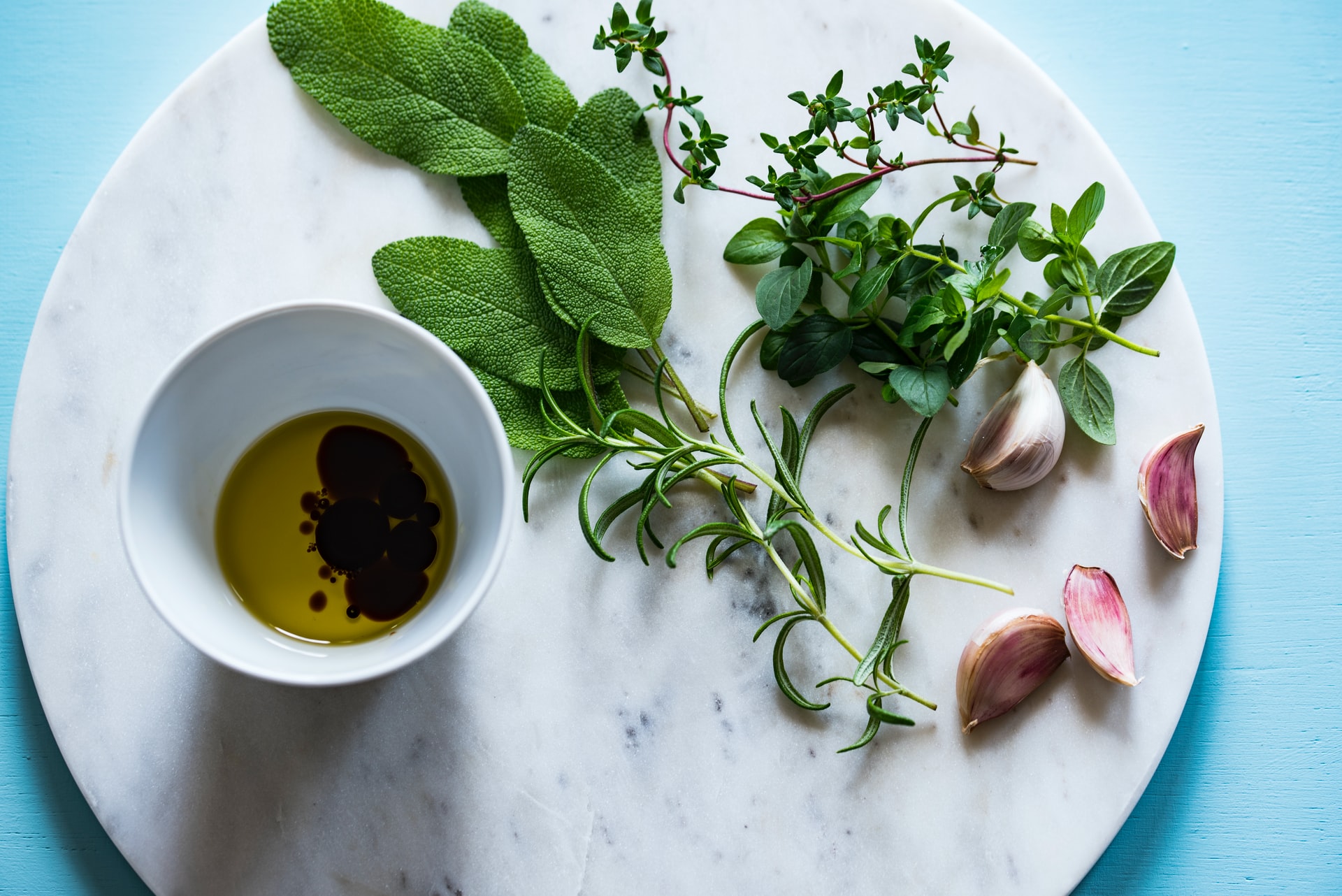Can I Use Balsamic Vinaigrette Instead of Balsamic Vinegar?
Yes, you can use balsamic vinaigrette as a worthy substitute for balsamic vinegar. If you don’t have pure balsamic vinegar, use an equal amount of vinaigrette in your recipe. Keep in mind, however, that vinaigrettes have other ingredients like olive oil. Olive oil has a generally robust flavor that everyone likes, so this shouldn’t be a problem. However, if you need something with a neutral flavor, you may have purchased balsamic vinegar before you can attain the flavors you want. But don’t worry – generally speaking, using vinaigrette will have little effect on your recipe’s flavors because the primary source of flavor would be the vinegar and not the olive oil.
Balsamic Vinegar Vs. Balsamic Vinaigrette: Is Balsamic Vinegar the Same as Balsamic Vinaigrette?
Vinaigrette is a concoction that consists of multiple ingredients like sugar and oil. It has balsamic vinegar as the base, but it is not purely balsamic vinegar. Vinaigrettes can also differ wildly in the types of flavors they introduce into a dish. For one, vinaigrettes can be seasoned separately with things like garlic powder, salt, and pepper.
On the one hand, vinaigrettes can be very flavorful and healthy in their own right. Like balsamic vinegar, you will only need a small quantity of vinaigrette to get things done. However, if you are conscious about the amount of salt you take per day (and the small number of calories from stuff like sugar), you may want to steer clear of vinaigrettes and stick to the pure version instead. As we mentioned earlier, the core of vinaigrettes’ flavor profile is still the vinegar and not the other ingredients.
Knowing how to use these ingredients in cooking can be very rewarding. For one, you can match either the balsamic vinegar or the vinaigrette to specific recipes depending on what flavors you need. Using full-strength balsamic vinegar is going to produce a more pronounced balsamic taste. Modifying the taste by creating a vinaigrette is going to create an entirely different experience. Knowing how to make vinaigrette can genuinely expand your culinary horizons.
Two kinds of balsamic vinegar serve as the main categories of this product. The first type is the traditional balsamic vinegar. Experts love the traditional kind. There are two subcategories – the Modena variant and the Reggio Emilia variant. These are the highest grade balsamic vinegar because they are barrel-aged for a whopping 12 years before they are sold commercially.
The extravecchio variants (extra-aged) are the ones that are kept for a quarter of a century (25 years) before they are bottled and sold. The ancient kinds of vinegar are most cotto or are transformed by the aging process into thick, syrupy kinds of vinegar. The viscosity is fantastic, and the flavors are also unparalleled. Think gold in a bottle, and the extravecchio balsamic vinegar would fall into this fantastic category.
Modena vinegar is what we commonly see in supermarkets and online. These are also called IGP vinegar. The aging process only takes two months on average. Other brands say that they barrel-age theirs for three to five years. The duration of the barrel-aging depends mostly on the manufacturers and their goals in production.
What Is Balsamic Vinaigrette Dressing Made of?
A basic balsamic vinaigrette is made up of cracked pepper for flavor, salt, olive oil, and, of course, some pure balsamic vinegar. A vinaigrette is something that you can create with your eyes closed because it contains so few ingredients. The essential step in the process is to get the ratio right to obtain the most appealing flavor. Not all vinaigrettes are created equal. Some have a more pronounced olive oil taste, while others barely have that taste. The flavor is a sliding scale, so with recipes as simple as this, you can genuinely make upheavals with the flavor by working on the amount of each of the recipes. If you happen to use a specific type of vinaigrette on a salad, the experience will differ when you shift the recipe a little.
Balsamic Vinegar Uses: What Can You Do with Balsamic Vinegar Flavor?
The primary use of balsamic vinegar (as with other vinegar) is a condiment. Small quantities of pure balsamic vinegar can be used in cooked meats, including fried fish, stewed fish, grilled pork and beef, etc. You can also drizzle balsamic vinegar over fresh vegetables (salads) and sliced fruits for that extra punch of flavor. In Italy, people drizzle balsamic vinegar on almost anything – including sweet custard concoctions and even typical desserts. There is also a practice of sipping balsamic vinegar from small shot glasses. This is taken after a full meal.
What is truly interesting about balsamic vinegar is that it doesn’t quite live up to the flavor profiles of cane vinegar, for example. The aging process of balsamic vinegar produces the opposite of what other vinegar making methods have to offer. The barrel-aging process and how they cook the grape must create such sweetness that the balsamic vinegar hardly tastes like apple cider vinegar or white vinegar, for example. The aging process also changes the balsamic vinegar’s viscosity, so the sumptuousness that we associate with it is actually from the syrupy consistency, which is a natural result of the aging process.
This is why balsamic vinegar is often a favorite ingredient for creating marinades and glace or glazes for meat. It has sufficient body to truly flavor meats and improves the overall aroma of what you are trying to cook. Now, if you still want more flavor and more depth with what you want to cook, you can try reducing balsamic vinegar. Balsamic vinegar reductions intensify the flavors even more by removing much of the additional water. This turns the concoction into something even more profound and flavorful.

